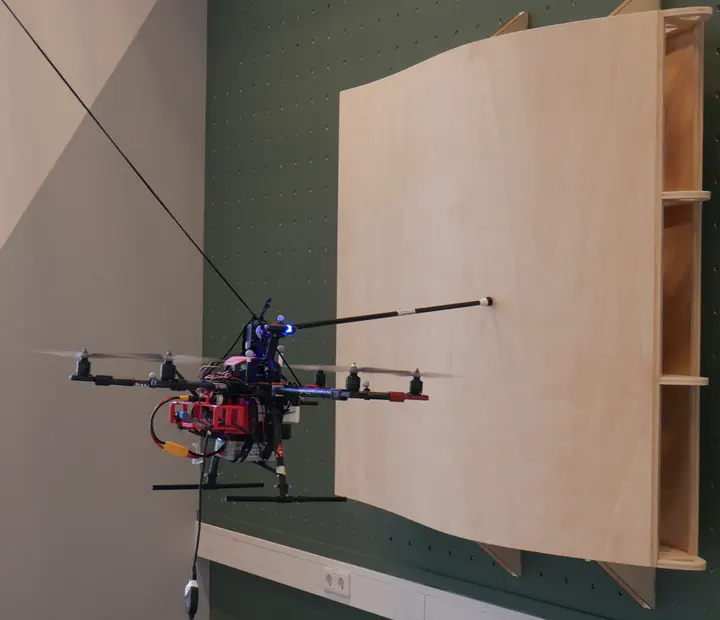Physical Interacting Aerial Robots for ‘In-Situ’ Inspection and Maintenance of Wind Turbine Blade

Abstract
Wind turbines are green energy sources that have a great potential in playing a crucial role in mitigating climate change. Regular ‘in-situ’ inspection and maintenance of wind turbines, especially the leading edge, is needed to ensure system efficiency and durability. Typical inspection and maintenance activities consist of a set of physical tasks, such as sanding, brushing, or painting at high altitudes, which are dangerous for human operators, time-consuming, and can only be carried out under certain conditions. If such activities are not done timely and steadily, it may result in significant downtime to the system due to the maintenance and even replacement which is also very expensive for the owner. The use of aerial robots with the ability of physical interaction that perform a variety of maintenance tasks proposes an advanced and consistent inspection and maintenance technique that mitigates limitations of the current approach. Although currently aerial robot applications to maintenance beyond monitoring and inspection tasks are not common, this research focuses on the applicability of aerial robots to carry out inspection and maintenance tasks that require physical interaction with the environment. The main contribution of this paper is a novel control system for the physical interaction of aerial robots that enables the maintenance of a 3D wind turbine blade. This work first aims at investigating and classifying the properties of wind turbine blade maintenance in order to identify the main requirements for control design. Then, we design and implement a controller based on the identified physical requirements. The applicability of the proposed control system of the aerial robot is demonstrated in a mock-up environment.